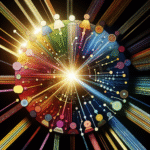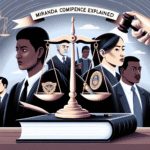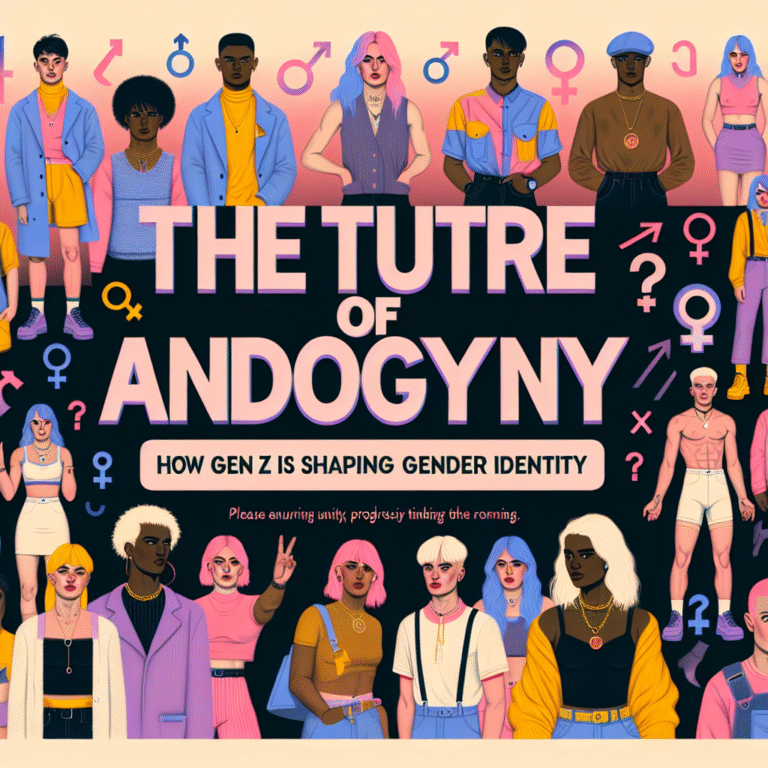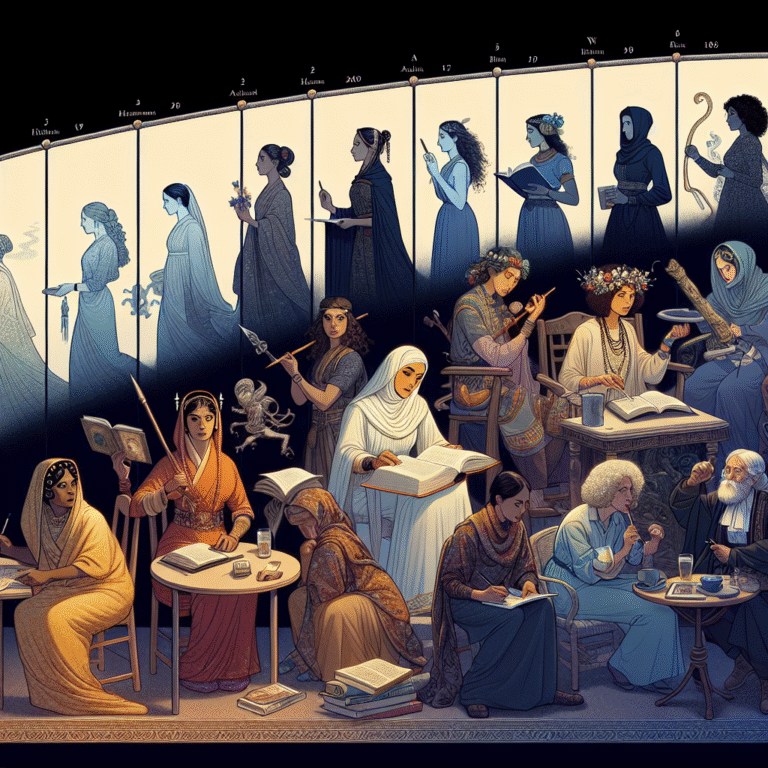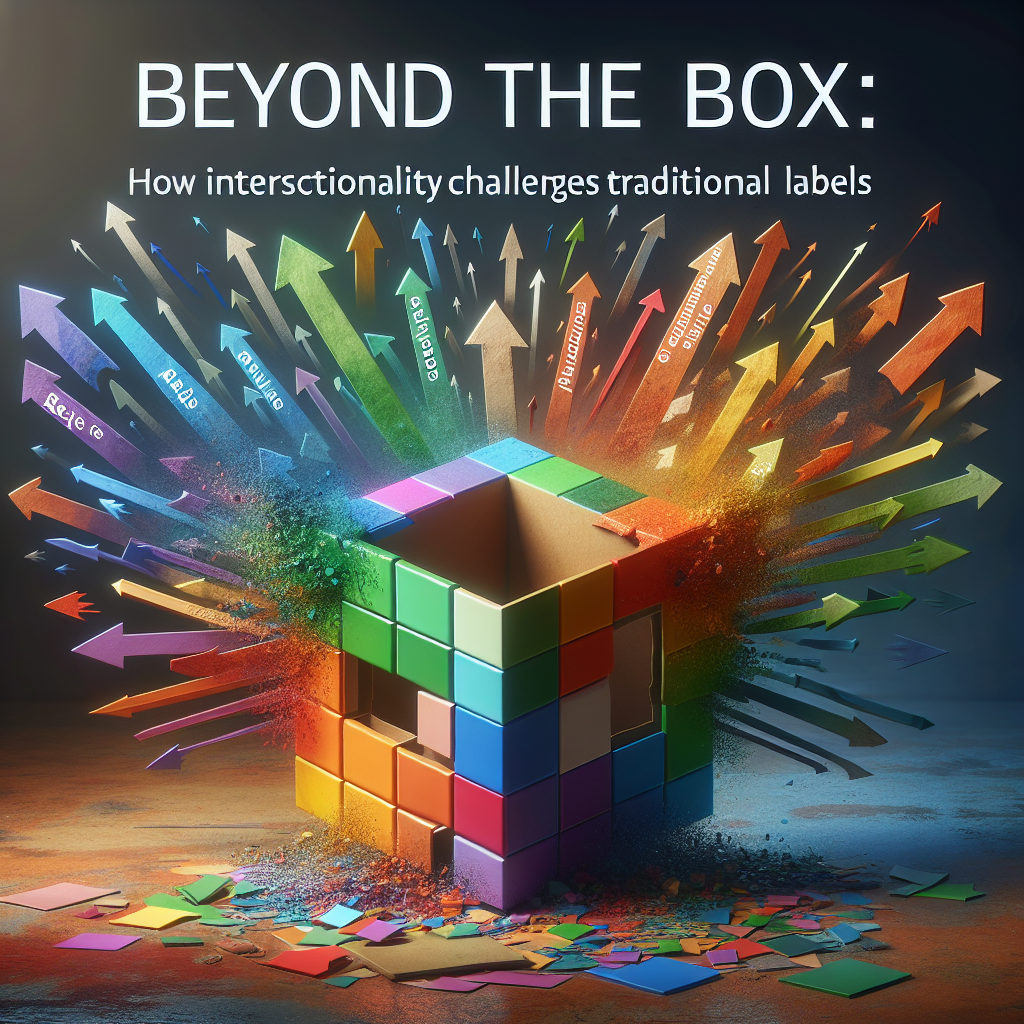
Introduction
In an increasingly complex world, the conversation around identity continues to evolve. As society grows more aware of the multifaceted nature of human experience, the limitations of traditional labels become apparent. "Beyond the Box: How Intersectionality Challenges Traditional Labels" aims to explore how intersectionality—not just a buzzword, but a vital framework—transforms the way we understand identity, community, and social justice. In this article, we will dive into practical implications, real-world case studies, and clear insights that will prompt you to reconsider not just how you view others, but how you identify yourself.
Understanding Intersectionality
Defining Intersectionality
Coined by scholar Kimberlé Crenshaw in the late 1980s, intersectionality encompasses the overlapping systems of discrimination and privilege related to race, gender, sexuality, class, and other identities. This framework serves as a reminder that individuals cannot be understood solely through single identity categories. In short, they exist "beyond the box" of rigid labels.
The Importance of Context
To appreciate intersectionality fully, one must understand it within social, economic, and historical contexts. For example, a Black woman may experience discrimination differently than a white woman or a Black man due to the unique intersections of her race and gender. Recognizing these nuances helps highlight why traditional labels often fail to capture the complete picture of an individual’s experience.
Intersectionality in Action: Real-World Applications
Case Study 1: The Representation of Women of Color in Media
Examine the portrayals of women of color in popular media. Traditional storytelling often relies on stereotypes that reduce characters to one-dimensional figures. However, creators embracing intersectionality can develop more rounded, authentic characters that resonate with diverse audiences.
For example, shows like "Insecure" and "Crazy Rich Asians" strategically depict women of color in complex roles that go beyond stereotypes. Analysis reveals that such representation enhances viewer relatability and promotes broader discussions on race, gender, and class.
Table: Media Representation of Women of Color
| Show Title | Primary Topics Addressed | Representation of Women of Color |
|---|---|---|
| Insecure | Race, Gender, Friendship, Class | Multifaceted, relatable characters |
| Crazy Rich Asians | Class, Family, Identity | Diverse, rich narratives |
The Implications of Intersectionality in Social Justice
Case Study 2: The Women’s March
The Women’s March of 2017 provides a compelling snapshot of intersectionality at work. While the event aimed to unify women’s voices against various injustices, there were criticisms that the movement primarily addressed the concerns of white, cisgender women.
In response, organizers made concerted efforts to uplift marginalized voices and affirm that “women’s rights are human rights.” This shift allowed for a more inclusive dialogue, underscoring the necessity of embracing an intersectional perspective to foster true solidarity.
The Ripple Effects of Inclusion
By prioritizing intersectionality, movements can avoid the pitfalls of exclusion, paving the way for more effective advocacy and enhanced community engagement.
Beyond Labels: Personal Identity and Intersectionality
The Impact of Social Media
In today’s digital age, social media platforms serve as avenues for individuals to express their identities beyond traditional labels. Users curate their online personas to reflect the multifaceted nature of their experiences.
For instance, hashtags like #BlackAndProud or #TransIsBeautiful allow people to reclaim their narratives and challenge societal norms. The conversations surrounding these identities frequently highlight the need for nuanced understandings that transcend simplistic binaries.
Case Study Analysis: Online Activism
A prominent example is the #MeToo movement, which began as a response to sexual harassment against women. While the campaign provided a platform for women to share their experiences, it also illuminated intersectional issues such as race, class, and sexuality. Critically examining these stories under the intersectional lens offers richer discussions around systemic issues and encourages community-driven solutions.
Challenges of Embracing Intersectionality
Misunderstanding and Resistance
Despite its importance, intersectionality faces significant challenges, including misunderstanding and resistance. Many assume intersectionality complicates discussions around identity, leading to pushback from individuals who prefer simpler, less nuanced categories.
However, dismissing intersectionality limits the potential for genuine dialogue and connection. Embracing complexity can foster empathy and understanding, allowing for more meaningful interactions.
Table: Barriers to Intersectionality
| Barrier | Description | Potential Solutions |
|---|---|---|
| Lack of Awareness | Misunderstanding or ignorance of the concept | Education and outreach programs |
| Resistance to Complexity | Preference for simplified identities | Encouraging open-minded conversations |
| Tokenism | Using marginalized voices superficially | Authentic representation in discussions |
Conclusion
"Beyond the Box: How Intersectionality Challenges Traditional Labels" serves as a call to action. By acknowledging and embracing the complexities of identity, we can foster more meaningful relationships, engage in deeper discussions, and enact social change.
This journey is not just about redefining labels; it’s about opening up the conversation to encompass the lives and experiences of all individuals. Thus, whether it is within personal relationships or in larger social justice movements, intersectionality encourages us to push boundaries, embrace complexity, and build a more inclusive future.
FAQs
1. What is intersectionality, and why is it important?
Intersectionality is a framework for understanding how various aspects of identity—such as race, gender, and class—intersect to create unique experiences of privilege and discrimination. It’s crucial for fostering empathy and inclusiveness in social discourse.
2. How does intersectionality challenge traditional labels?
Traditional labels often simplify identity into one-dimensional categories. Intersectionality emphasizes that identities are multifaceted and interconnected, allowing for a deeper understanding of individual experiences.
3. Can you provide examples of intersectionality in media?
Yes, shows like "Insecure" and "Black Mirror" highlight diverse experiences and identities, moving away from stereotypes to create multifaceted characters that resonate with a broader audience.
4. What are some common misconceptions about intersectionality?
Common misconceptions include equating intersectionality with complicating issues or assuming it promotes divisiveness. In reality, it seeks to enrich conversations by incorporating diverse perspectives.
5. How can individuals embrace intersectionality in daily life?
Individuals can embrace intersectionality by educating themselves about various identities, listening to marginalized voices, and challenging their own biases by engaging in open dialogues with others.
Through this exploration, we not only challenge traditional labels but also illuminate paths toward understanding ourselves and each other in a holistic, compassionate manner. Now is the time to step “beyond the box” and embrace a richer, more vibrant understanding of identity.
